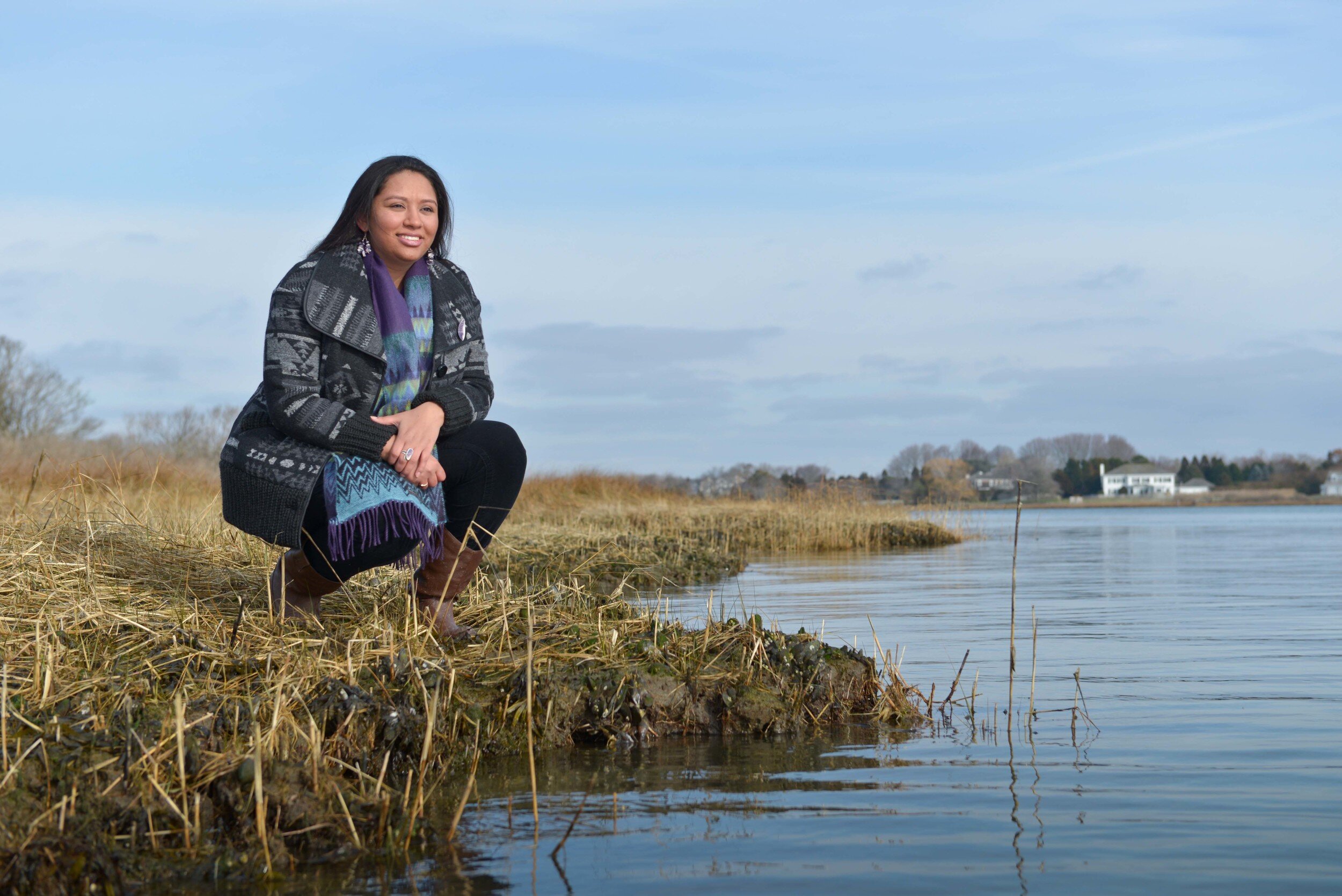
Earth Law Center Blog
The Effort to Strengthen Ecuador’s Rights of Nature Laws
ELC has filed a proposal to better protect Ecuador’s forests from mining companies.
Meet Carla Cardenas—Environmental & Forest Expert for ELC
Carla Cardenas is an integral part of the Earth Law Center’s environmental & forest policy. Read up on her unique journey!
Documentary Review: Race to Save The World
Race To Save The World is a documentary that features the various obstacles faced by climate activists as they combat climate change in any way that they can.


First River to Have Recognized Rights in Canada
Building on a worldwide trend of guardianship rights for nature, the Magpie River was granted legal personhood with basic rights and protections. Is it enough?
Keystone XL Canceled: Is This A Precedent for Biden’s Environmental Policy?
Biden revokes Keystone XL pipeline permits on his first day. How will his environmental policies consider the Rights of Nature? Earth Law Center weighs in.


